Table Of Content
Android 15, the newest version of Google’s mobile operating system, is set to redefine productivity and performance. This release introduces enhancements designed to refine user experiences across various devices, including handsets, tablets, and foldables.
With a strong emphasis on optimizing battery consumption and enhancing app responsiveness, Android 15 delivers a seamless and efficient interface for everyday users and developers. This version also significantly improves privacy and security, introducing features like Private Space to protect sensitive data and apps securely. By supporting an extensive ecosystem of devices and valuing the feedback from its active community, Android 15 continues to evolve, offering a premium, accessible, and secure platform for everyone.
Android 15 Key Features
Android 15 introduces new features and enhancements designed to elevate user experiences and empower developers with advanced tools and APIs for Android app development. This section highlights some of the key features introduced in Android 15.
1. Camera and Media Enhancements:
- Ultra HDR for Images: Android 15 supports High Dynamic Range (HDR) images, enabling vibrant colors and greater contrast while maintaining backward compatibility with JPEG images.
- Camera Extensions: Upgrades to camera extensions allow apps to handle longer processing times, enabling images using compute-intensive algorithms (low-light photography on supported devices).
- Lossless USB Audio: Android 15 supports lossless audio formats for audiophile-level experiences over USB-wired headsets.
2. Internationalization and Localization:
- Per-app Language Preferences: Android 15 expands on the per-app language features introduced in Android 13, allowing developers to generate an app’s localeConfig automatically, dynamically update the list of supported languages, and provide app language visibility for input method editors (IMEs).
- Grammatical Inflection API: The new API helps developers build user-centric UIs for gendered languages, enabling personalized and natural-sounding user experiences.
- Regional Preferences: New Android Settings menus allow users to personalize temperature units, the first day of the week, and numbering systems.
3. Accessibility Improvements
- Non-linear Font Scaling: Android 15 supports font scaling up to 200%, providing low-vision users with accessibility options that align with Web Content Accessibility Guidelines (WCAG).
4. Developer Productivity and Tools:
- Credential Manager: Android 15 introduces Credential Manager as a platform API, simplifying user sign-in processes and supporting multiple sign-in methods, including passkeys.
- Health Connect: Health Connect, an on-device repository for user health and fitness data, is now part of the Android 15 platform, enabling frequent updates and seamless integration with system settings.
- OpenJDK 17 Updates: Android 15 aligns its core libraries with the latest OpenJDK LTS releases, providing developers with the latest Java features and improvements.
5. Enhancements for App Stores:
- PackageInstaller API Improvements: New PackageInstaller APIs allow app stores to enhance user experiences by requesting install approval before downloading, claiming responsibility for future updates, updating apps at less disruptive times, and seamlessly installing optional splits.
6. User Experience Improvements:
- Share sheet Custom Actions: Developers can now add custom actions to the system share sheet, providing users more options and functionality.
- Predictive Back Animations: Android 15 includes built-in and custom animation support for the predictive back gesture, enhancing the user experience when navigating between screens.
- Large Screen Optimizations: New per-app overrides and manifest properties enable device manufacturers and users to optimize apps’ behavior on large-screen devices.
These are just a few of the notable features introduced in Android 15. By leveraging these enhancements, developers can create more immersive, accessible, and localized user experiences while benefiting from improved productivity and tools.
In Android app development, staying up-to-date with the latest platform features and capabilities is crucial for delivering cutting-edge applications that meet user expectations and stand out in the competitive app market. Exploring and incorporating Android 15’s new features can help developers enhance their apps, improve user satisfaction, and unlock new opportunities for innovation.
Check out the official Android Developers website and documentation to learn more about Android 15 and its exciting features.
Migrating your Android Apps to Android 15
Krasamo is a mobile app development company helping enterprises navigate the complexities of migrating apps to new Android versions. Our experienced Android developers take a proactive approach, ensuring full compatibility with Android 15 by identifying deprecated APIs, making targeted code adjustments, and integrating advanced features. From comprehensive testing to seamless deployment, we leverage the latest tools and APIs to optimize app performance and elevate user satisfaction. Partner with us to unlock the full potential of Android 15 for your business.
At Krasamo, we specialize in navigating the tasks to keep your devices and apps working with existing Android versions. Our seasoned Android developers are equipped to provide comprehensive support to our clients’ migration to new Android versions. We can guide your transition to a new Android version, ensuring your apps leverage the full potential of the new features and enhancements.
At Krasamo, we excel at guiding you through the complexities of updating and maintaining your apps with the latest Android versions. Our team of experienced Android developers offers comprehensive support to ensure a smooth migration to newer Android versions. We are dedicated to optimizing your transition and helping you fully capitalize on the new features and improvements.
Proactive Compatibility Assurance
We start by ensuring your app is fully compatible with Android 15. This begins with thoroughly assessing the new platform’s behavior changes, as outlined in the Android 15 migration guide. A crucial part of this assessment involves identifying deprecated APIs your app may currently use. This early identification allows us to plan for necessary updates or replacements with modern alternatives that enhance functionality and compliance.
By installing your app on the latest Android 15 system images—whether on physical devices or emulators—we meticulously test all functionalities to identify potential impacts from the update.
Strategic Code Adjustments
Based on our findings, we make precise code adjustments to address the platform changes. Our approach is tailored to maintain your app’s integrity without requiring extensive overhauls, preserving the familiar user experience while enhancing performance and security as per Android 15’s standards.
Leveraging New Features and APIs
Once compatibility is ensured, our focus shifts to optimizing your app by integrating Android 15’s advanced features and APIs. Whether adopting new privacy tools or enhancing the app with the latest user interface improvements, we help you stay ahead of the curve, ensuring your app runs smoothly and stands out in the competitive market.
Continuous Testing and Feedback Integration
Testing is iterative at Krasamo. We continuously test your app throughout the development cycle, allowing us to swiftly address any issues arising from platform changes. We can selectively apply new behaviors by utilizing Android 15’s app compatibility toggles, efficiently pinpointing and resolving specific challenges without disrupting the broader app functionality.
Seamless Deployment and Ongoing Support
Following thorough testing and optimization, we manage the deployment process—ensuring your updated app complies with all Google Play requirements and Android 15 specifications. Post-launch, Krasamo provides ongoing support to address any emerging issues quickly, ensuring users’ smooth transition and optimal app performance.
At Krasamo, we pride ourselves on our proactive, thorough, and user-focused approach to Android app development and migration. Partnering with us means your app will be ready for Android 15 and positioned to take full advantage of future updates.
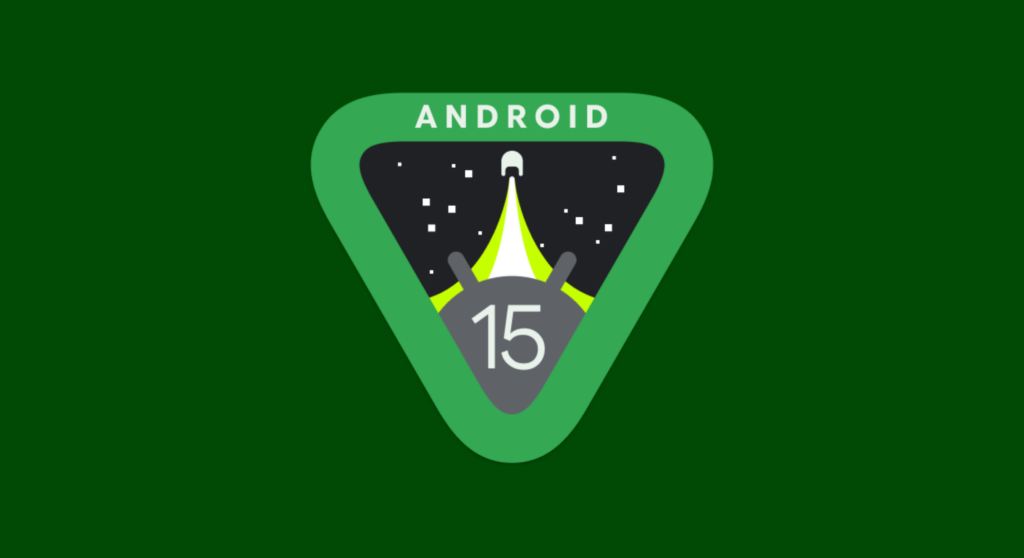





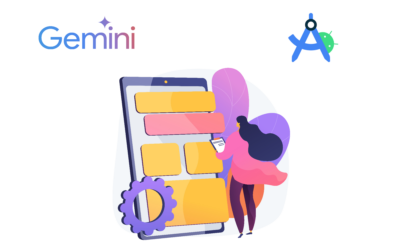
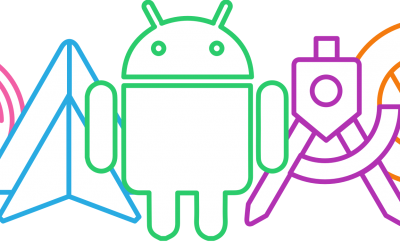
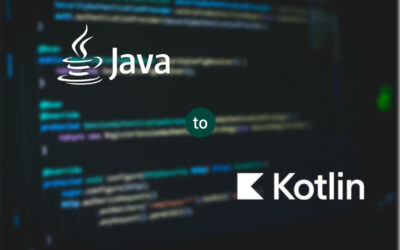
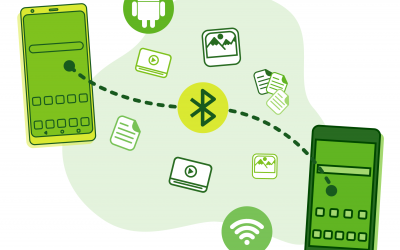
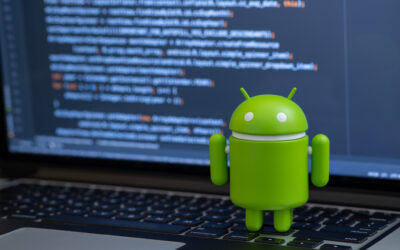

I appreciate the emphasis on proactive approach in migrating apps, but what about budget considerations? Would love to see some cost-saving tips from an android app development company like yours for businesses.
Regarding budget considerations, it’s essential for businesses to weigh the costs of migration against potential long-term benefits, such as enhanced user experience, improved performance, and increased app store visibility. An experienced mobile app development company like yours can offer cost-saving tips by leveraging new Android version features, optimizing code, and streamlining testing processes. By adopting a proactive approach, your business can minimize disruptions and ensure a smooth transition to the latest Android version.
I’m loving this detailed breakdown of the process! As an engineer who’s had some experience with Android app development, I think it’s essential to mention that leveraging new features and APIs is not just about adopting them for the sake of compliance. It’s crucial to analyze how these new tools can genuinely enhance user experience and provide value to your target audience. This approach will definitely help in setting up a successful app with an Android software development company!